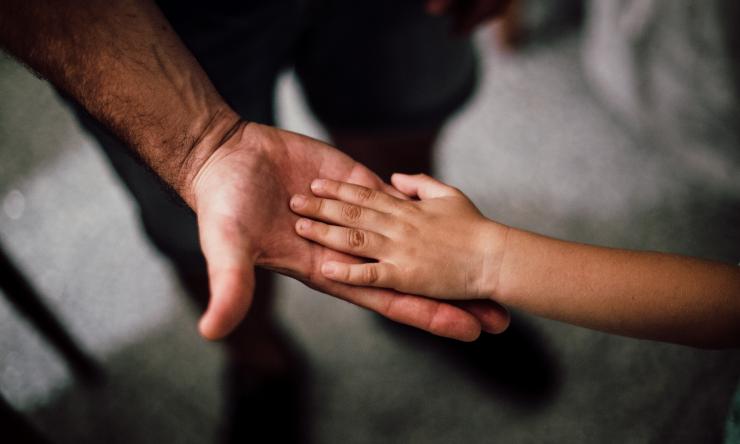Assess your risk level when making Father’s Day plans
People across the country are experiencing social distancing and stay-at-home fatigue, but as much as we want the pandemic to be over, we are not out of the woods yet, according to an infectious diseases expert at Baylor College of Medicine. He offers some tips on staying safe while making plans for Father’s Day this weekend.
“We know that in the last couple of weeks, cases are up,” said Dr. Prathit Kulkarni, assistant professor of medicine – infectious diseases at Baylor. “At least for the foreseeable future, we’re entering a new phase of how we live our lives and conduct our daily business.”
One way to modify your Father’s Day celebrations is to limit the number of people who are joining if the celebration is taking place in person, Kulkarni said. Remember that close contact for a prolonged period, about 15 minutes or more, can be risky, especially since there is the potential for asymptomatic individuals to spread the disease. He recommends considering a virtual get-together or pre-recording a special message to honor the day in place of an in-person get-together.
If there is a need to get together to help maintain mental health and wellness, Kulkarni said to be thoughtful on how to arrange this. He recommends maintaining a distance of 6 feet, wearing masks and being outdoors if possible. However, with outdoor events, he said to try for early morning or evening gatherings to avoid the heat. He recommends that everyone stay well hydrated, avoid excessive outdoor time, wear sunscreen and try to find a shaded area for the gathering.
As many states reopen various businesses, there may be a desire to celebrate dad at one of these locations. Your risk does increase as you frequent more populated businesses, Kulkarni said. He recommends being cautious of the environment you choose by researching how crowded the business is, how spaced out groups of people are and even what precautions employees are taking to protect customers.
It’s understandable that many grandparents are having a difficult time not being able to interact closely with their grandchildren, but Kulkarni said that at this time, current public health guidance is to avoid close contact for prolonged periods of time with persons who live outside the home. Older persons and those with chronic medical conditions remain at highest risk for more severe complications of COVID-19.
“As a dad and son myself, I very much relate and empathize with the difficulty,” he said.
He noted that we are in a similar place now to where we were in March and April, so we need to consider how to live in the safest way possible. As long as there is ongoing community spread of the virus, it is necessary to take precautions.
Kulkarni added that he is often asked about the risk of different activities outside of the home. He said that each person needs to determine their personal risk tolerance, evaluate the specific circumstances of the activity being considered, and plan accordingly. Activities with large groups of people in close proximity to one another without masks will be the highest risk. Activities that avoid all of these factors would be lower risk.










